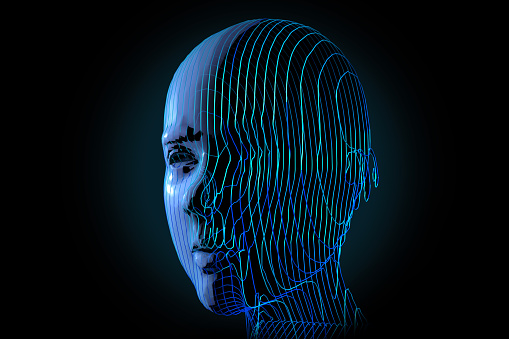ARTIFICIAL INTELLIGENCE
Artificial Intelligence (AI)
In clear terms, Artificial Intelligence (AI) is an aspect of tech that relates to machines or systems acting exactly like human intelligence for tasks to be carried out and they can iteratively enhance themselves on the basis of the data collected. In other words, the intelligence many machines demonstrate is typically AI. It involves how natural intelligence is being simulated in machines and are programmed to understand and act exactly like humans. In fact, these machines have the capacity to learn with experience and carry out tasks exactly like humans. The more technologies similar to AI keep growing, their impact on the quality of human lives cannot be overemphasized.
There are different manifestations of artificial intelligence. For instance, chatbots are developed using AI, in order to understand the problems of customers as fast as possible while providing more accurate and viable answers. Also, intelligent assistants employ AI for the purpose of parsing critical information particularly from massive free-text datasets for scheduling improvement. Another area is how recommendation engines are capable of offering automated recommendations with respect to the viewing habits of users for TV shows.
AI majorly revolves around the capability and process for super-powered data analysis and thinking than its relationship about a function or format, even though AI creates images of exceptionally-operated, human-like robots that the world is now exploiting, its purposes are not made potentially to replace human operation. The intention of AI is to substantially improve human contributions and capabilities, making it an exceptionally valuable asset for businesses.
The Operations of AI
The development of an AI system requires a mindful process of reverse-engineering capabilities and traits of humans in a machine, and the use of its computational superior skill to exceed human capacity. Understanding how AI works requires deeply delving into the different AI subdomains and understanding the processes of these domains and their applications within different areas of the sector. These include machine learning, deep learning, neural networks, natural language processing, computer vision, and cognitive computing.
- Machine Learning: With machine learning, a machine is taught how decisions and inferences are made on the basis of previous experiences. The machine is able to identify patterns while analyzing previous data to understand the data point meanings to arrive at a possible conclusion without involving the experience of human. Thereby saving humans time and better-informed decision.
- Deep Learning: This is typically one of the techniques of ML. A machine learns how inputs are processed with the help of layers so as to categorize, understand, and even predict the result.
- Neural Networks: The operation of this subdomain is just like human neural cells. They involve different algorithms for the capturing of the relationship existing between different hidden variables while data processing is done just like the human brain.
- Natural Language Processing: NLP is just how a machine goes through the science of reading, comprehending, and translating a language. As soon as the machine can understand the intending communication of the user, it responds based on that.
- Computer Vision: the algorithms in this subdomain attempts to comprehend image by attempting to break down an image and various aspects of the objects are being studied. The machine can be assisted to classify and understand from a set of images, which makes it provide a more reasonable output decision on the basis of past observations.
- Cognitive Computing: The algorithm in this system attempts to imitate a human brain through the process of analysis of speech, images, objects, or text just like humans and it gives the expected result.
Types of AI
AI is divided into the following types:
- Artificial General Intelligence (AGI)
- Artificial Super Intelligence (ASI)
- Artificial Narrow Intelligence (ANI)
Artificial General Intelligence (AGI)
AGI is an AI that is composed of a human-phase of cognitive function, through different domains like image processing, computational reasoning, language processing, and computational functioning.
Artificial Super Intelligence (ASI)
ASI has the capacity to supersede every human capability. These include making rational decisions, general decision making, and even revolves around creating emotional relationships and creating better art.
Artificial Narrow Intelligence (ANI)
Systems in ANI are made to proffer solutions to a particular problem and a task can be executed exceptionally well. Their capabilities are narrow, similar to providing recommendation for a product for a user of an e-commerce or weather prediction.
